Everything About 3D modelling in Construction : Know Types, Benefits & Softwares in 2025
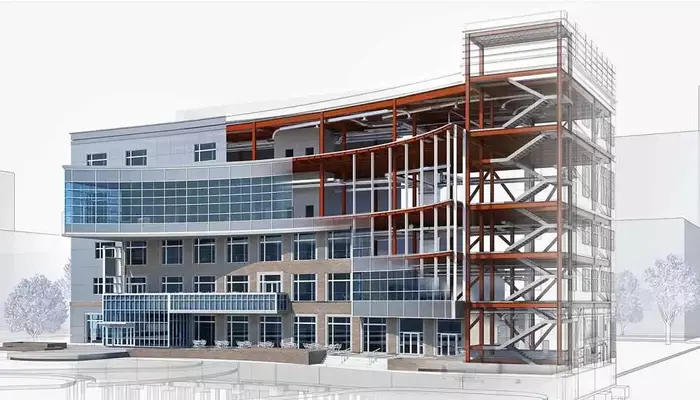
Table of Contents
Medicine, Architecture, Manufacturing, Printing and Entertainment, 3D Technology, and Modernity have become an inevitable part of our lives. Even when numerous industries are being transformed by 3D modelling and more, the construction industry is lagging behind. The Architecture, Engineering, and Construction (AEC) Industry still relies on manual methods for a majority of its work, making the projects time-consuming, and prone to manual errors and cost overruns. While many industries have embraced automation, construction seems to be still waiting in line. This is where 3D rendering and modelling are stepping in to revolutionise the industry.
Decades after decades, we’ve outfitted ourselves with the best of everything. For what? For comfort, convenience, and efficiency. 3D construction design is a way to disrupt the construction industry. From 3D printers to 3D models, this technology can become a crucial part of the AEC industry. 3D modelling in construction holds great promise as the tool to usher in a new era of efficiency and precision. 3D modelling breathes life into flat 2D drawings and enhances construction projects through improved timelines, cost management, safety, and structural integrity.
Keep reading to learn more about the benefits of 3D modelling in construction and the most popular software programs used by globally renowned firms. Let’s start with the basics first: what is 3D modelling?
What is 3D Modelling in Construction?
Technological progress has greatly enhanced our ability to accomplish tasks efficiently. Over the generations, we've learned to achieve more with less effort by striving to make our lives easier. The construction industry is no exception. One of the significant advancements the industry is embracing is 3D model building, which will revolutionise the construction landscape.
3D modelling involves using specialised software to create precise mathematical representations of objects in three-dimensional space. It breathes life into two-dimensional concepts so that others can visualise them. It is already being used extensively in the gaming, filmmaking, and even healthcare industry and the construction industry now stands next in line to embrace its benefits.
3D rendering and modelling are gaining momentum in construction as powerful tools for visualising graphic designs, creating realistic simulations, and even enabling animations. Thousands of case studies prove how complex projects are made easier with the aid of 3D modelling in construction.
Read: How BIM was Used to Ease the Construction of Abu Dhabi International Airport?
Understanding How 3D Modelling Works
3D construction design encompasses scanning real-world objects and converting them into digital representations, meticulously capturing their defining data points. A specialised 3D software is used to manipulate an object's edges, vertices, and polygons within a virtual 3D environment. The working of 3D modelling can be defined as the collection and organisation of spatial points in a desired manner so they form polygonal shapes. All of the vertices hold a unique position on the grid. When they are linked together, they define an object's surface.
However, structural 3D modelling is extremely varied and goes beyond just objects and surfaces. Buildings are rarely a simple collection of surfaces and stakeholders need more details than just object shapes, so 3D modelling in construction is a bit more varied. Next, we’ll learn about the most commonly used models in the construction industry.
Types of 3D Modelling in Construction

There is no doubt that 3D modelling in construction is highly beneficial for material utilisation, improved design, and proper allocation of resources. Let’s explore some of the most distinctive types of 3D models that are used in the construction industry:
1. Primitive Modelling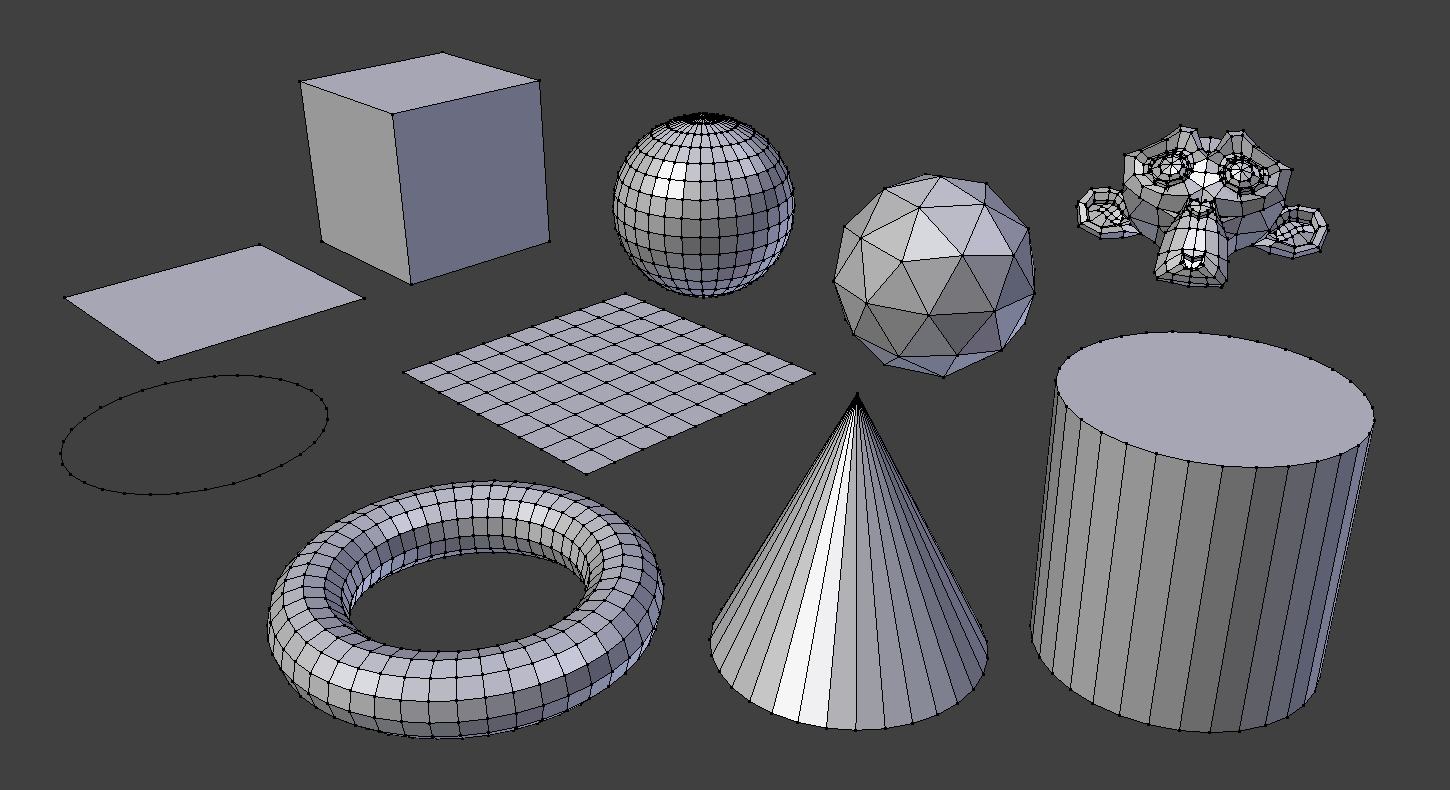
The method of 3D model building uses basic shapes like spheres, cylinders, pyramids, and boxes. These shapes act as the building blocks for crafting more intricate 3D objects. After the completion of building blocks, two or more 3D shapes are either added or subtracted from the existing creations using boolean operators to sculpt the desired layout. For instance, a cuboidal element is created first, then after the boolean operation, a box-shaped 3D layout is created. The final desired outcome comes through the combination of extrusion and other operations.
2. Polygonal Modelling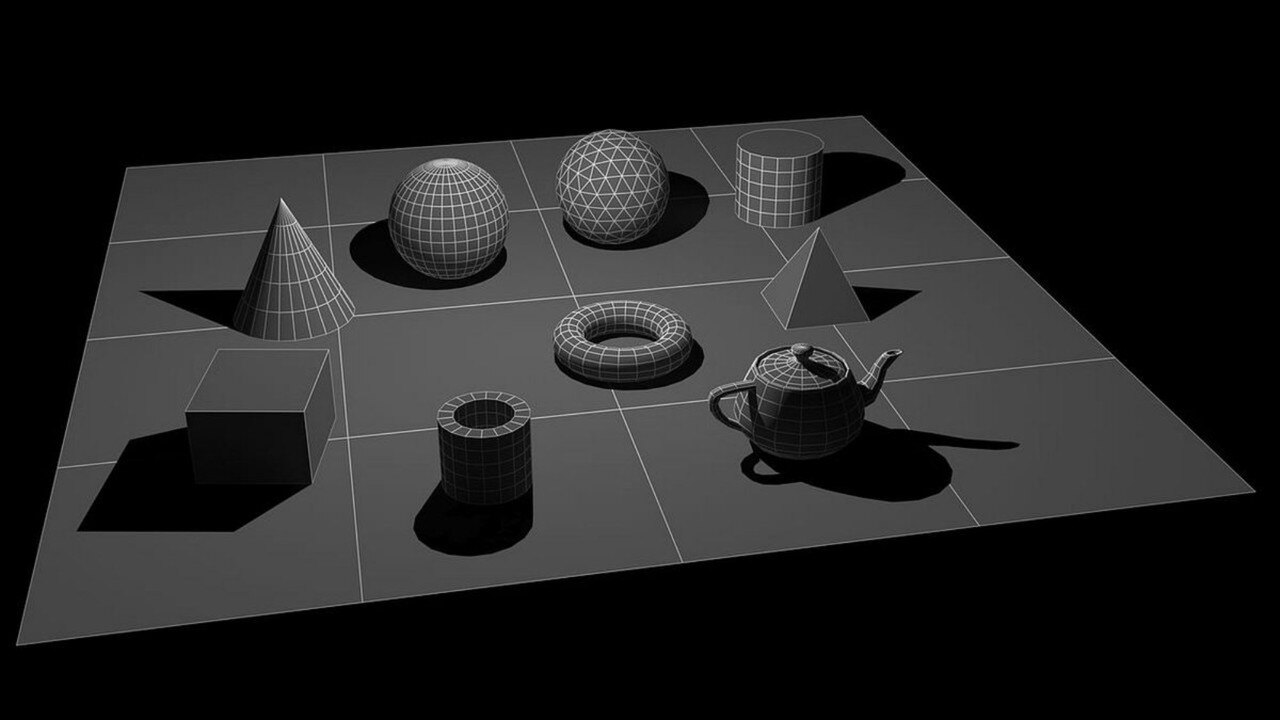
This type of 3D modelling in construction caters to the objects represented using X, Y, and Z coordinates, with vertices defining points in 3D space. When these vertices connect via edges, polygonal surfaces are formed, which are then used for modelling. These surfaces are combined to create a mesh that represents the object. Polygonal modelling is faster and more popular than other types of 3D modelling methods.
3. BIM Modelling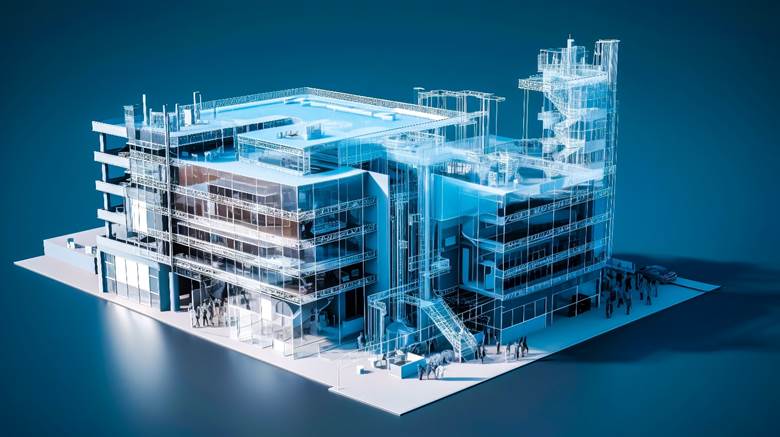
Building Information modelling (BIM) is a digital representation process that captures a structure's physical and functional aspects in 3D space. BIM models are managed in files for the easy extraction of data. BIM enables better visualisation, energy-efficient design, cost optimisation, and enhanced productivity throughout a project's lifecycle. It supports extensive collaboration and improved decision-making, which is why it is widely used in the AEC industry. Courses like Novatr’s BIM Professional Course can help AEC professionals learn the necessary skills to start creating their detailed 3D models.
4. Spline Modelling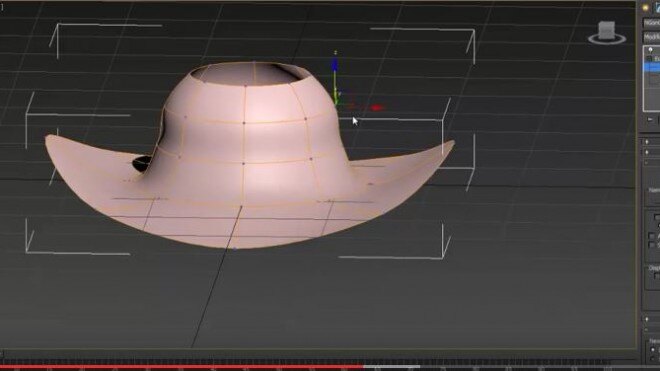
This technique uses 2D elements like lines and circles (splines) to create complex 3D objects with curves. Spline modelling is handy for rapidly building objects with curved surfaces. One of the most popular ways to create 3D models using splines is to get a 2D outline of the object and apply the Lathe Modifier to rotate it about its axis, creating a 3D object.
5. Parametric Modelling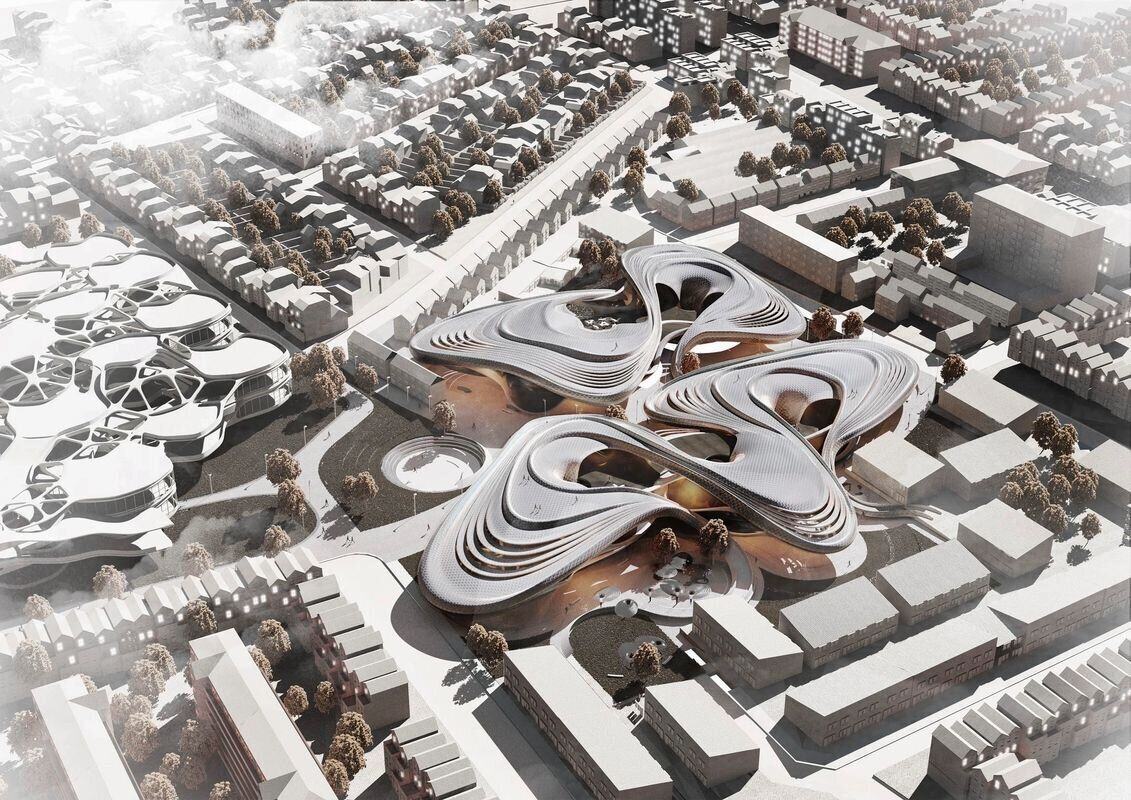
Parametric modelling takes a highly mathematical approach. It involves setting parameters that define the features and relationships of every element in the model. Changes to any parameters automatically alter the entire design. This method offers impeccable precision in optimising designs but is a meticulous and time-consuming process. For this reason, it is typically reserved for the advanced stages of a project. Rhino with Grasshopper, FreeCAD, Autodesk Fusion 360, etc., are some popular parametric modelling software programs. Young, growing professionals need parametric modelling certification courses so that they can get in-depth knowledge and specified expertise in the field. Lucky for you, Novatr provides just the best parametric modelling course you need.
6. Non-uniform rational B-spline modeling (NURBS)

The mathematical models referred to as Non-Uniform Rational B-Splines (NURBS) are used to depict surfaces and curves in computer graphics and computer-aided design (CAD). They provide excellent flexibility and accuracy for working with both modeled and analytic shapes. Because they can properly model complex geometries, they are frequently employed in a variety of industries, such as animation, automotive, and aerospace.
7. 3D CAD modelling

3D Computer-Aided Design (CAD) modeling is a technology that allows experts to design, alter and evaluate intricate 3D visuals of physical items through dedicated software. This method has mostly replaced manual drafting, providing improved accuracy and effectiveness in design processes. Sectors like manufacturing, architecture, engineering, healthcare, and entertainment employ 3D CAD to illustrate ideas, model functionality and facilitate the shift from design to production.
8. Wireframe CAD modelling

Wireframe modeling is a method in computer-aided design (CAD) that illustrates 3D objects through lines and curves to represent their edges and outlines. This approach offers a basic outline of the framework, enabling designers to see the foundational design structure without being disturbed by the exterior elements. Wireframe models are especially beneficial for depicting intricate structures, creating standard orthographic and auxiliary views, and examining spatial relationships in a design.
5 Ways 3D Modelling is Benefiting the Construction Industry
If better communication, extensive collaboration amongst teams, more creativity, and happier clients are something you want for your business, then you must give 3D rendering and modelling a try. Take a look at some ways 3D modelling can benefit the construction industry.
1. Visualise From All Angles
Gone are the days when there were many inadequacies associated with the project because of old-fashioned processes. 3D modelling in construction helps design professionals be one step ahead of everything as they get to view the complete building from different angles and perspectives. This helps the team visualise their creative ideas and bring them to life by understanding the project in more detail and considering how the different items will fit together.
2. Better Communication About Site Layout
No architect will need to break down the site layout and technicalities in layman's terms to make the stakeholders visualise the amorphous construction processes. A proposed near-perfect 3D model built using a combination of real-world site images and computerised design is all they need. Contractors can now survey a 3D-modelled construction site with the help of drones and compare the on-site work with the 3D model to foresee any discrepancies.
3. Reduced Lead Time and Early Identification of Problems
As technology embeds itself deeper to aid the construction industry, it has become significantly easier to detect clashes and problems in the initial design stage. Early detection of problems reduces the lead time and avoids any potential delays. This reduced time provides teams with the bandwidth to create more accurate 3D models, eliminating potential issues.
4. Ease in Reviewing Designs
Just like exploring other universes through 3D movies, 3D modelling in construction also provides more room to experiment with new designs. In the past, the real challenge was to make the client visualise the design from 2D drawings. Fortunately, 3D models help everyone visualise the finished project better and how it will fit into the surrounding environment.
5. Experiencing Buildings Before They Come to Life
The realism that comes with 3D modelling is beyond anything simple 2D images can provide. Clients can take a virtual walkthrough of the actual building. They can view how the exterior and the interior of the building will look before finalising the design. 3D modelling helps in making changes to the minute details like the texture of tiles.
Read : Top 10 Benefits of 3D Modeling in Construction and Design Industry
Most Used Software for 3D Modelling in Construction (In 2025)
US-based construction company, Mortenson Construction, saved time and money for their clients as they detected around 600 issues in the 3D model of the data centre, which the firm had a tender for. This real-life example shows the significance of 3D modelling in construction and proves how extensively the software is being used globally because of its efficiency. Some of the popular software programs for 3D modelling in construction are mentioned below:
1. Blender
A new hotshot in the market making noise amongst professionals is “Blender”. Typically used for 3D modelling in construction, this platform helps create a three-dimensional representation of a building or an object using specialised software. Architects and designers use the platform to capture and simulate the appearance of real-world objects, rendering them in digital form. Numerous advanced tools in Blender allow architects to create realistic characters and objects. Blender is popular amongst students because of its easy interface, user-friendly interface, and realistic elements like smoke, landscaping materials, natural light, etc.
2. SketchUp Pro

“The only limit is your imagination”, says SketchUp Pro to the architects.
A software where any of your designs can come to life with ease. It is considered one of the easiest 3D rendering and modelling software to understand and learn. It is suitable for all levels, from beginners to advanced, and has the best compatibility with most rendering software. This software goes beyond 3D models. With various plugins like LayOut, one can create a 3D design out of the 2D spaces and even mould them in 6D. Moreover, any change made in the model will be automatically done in documents as well.
3. Rhino with Grasshopper

A robust 3D modeller extensively used in architecture, fabrication, engineering, and construction, Rhino with Grasshopper is a name popular in global design firms. Looking to enhance your team’s ability and go beyond that extra mile? Rhino is your answer. Go creative and design that freeform roof you’ve been dreaming of. Design that parametric facade and plan the blocks in versatile shapes, because Rhino will perfectly bring your ideation to life. This is the reason why it is known as one of the best tools to explore and visualise designs, from illustrations to photorealistic renderings.
4. Autodesk 3ds Max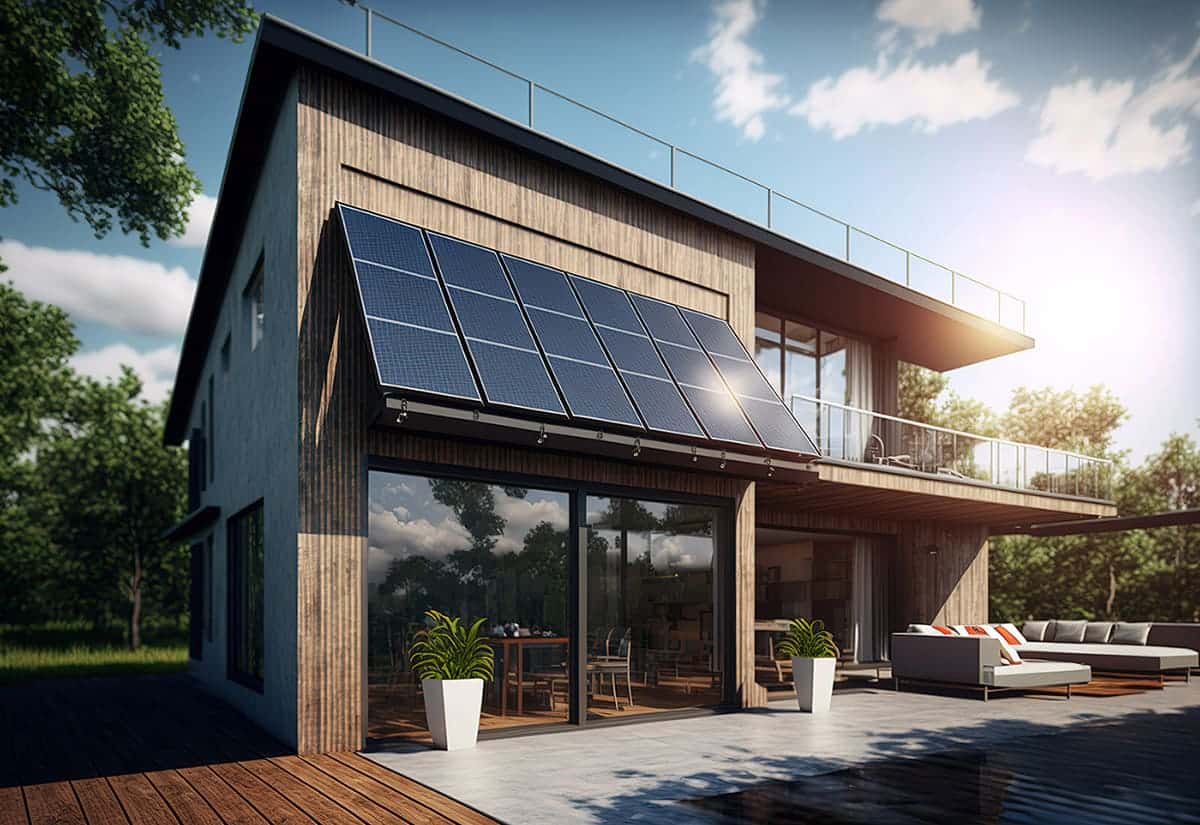
Being an architect, the foremost struggle is to bring all the stakeholders on the same page and coordinate the construction activities as per the plan. 3ds Max is the one-stop shop platform that plans and coordinates all the activities, from HVAC to plumbing, using a 3D model and precise plans. Lumion is best compatible with 3DS Max and is considered an ideal rendering companion for 3D modelling in construction to bring designs to life and swiftly develop professional 360 panoramas.
5. Autodesk Revit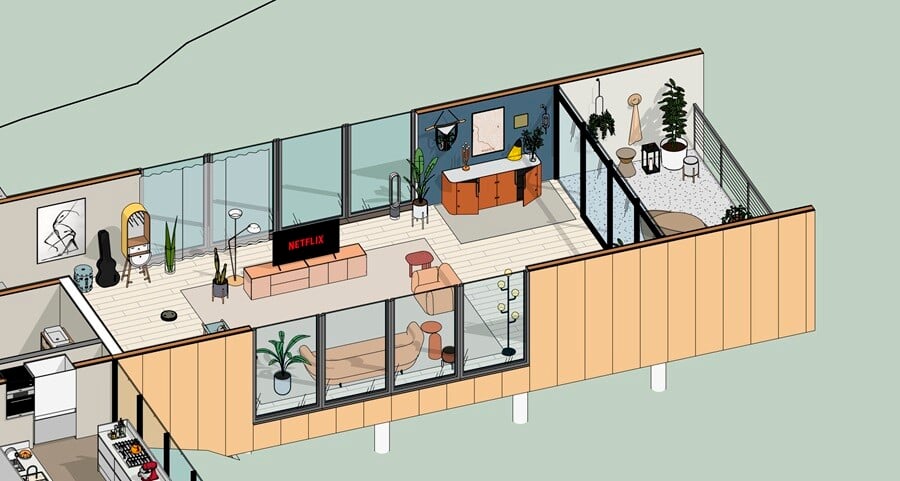
What could be better than getting accurate and precise plans as you make any changes while working on the model? Nothing, right? Revit does all the changes simultaneously live in the documents as per the changes made in the model. This makes it extremely useful for all parties involved in a construction project. Autodesk Revit provides a gazillion features for everyone involved in the design process, such as interior designers, project managers, architects, structural engineers, MEP engineers, etc. Revit is a BIM tool that will be your ace in the hole for 3D modelling in construction.
Take charge, and learn everything about Revit at A Beginner's Guide To Revit: Everything You Need To Know (2024)
Must-do’s Things To Design a High-quality 3D Model in Construction
If better communication, extensive collaboration amongst teams, more creativity, and happier clients are something you want for your business, then:
- Take Special Steps Even for Minute Details like Textures and Fixtures: The client needs to envision how the finished project will look as per the surrounding environment in the real world.
- Pay Attention to Realistic Lighting: Without natural light, the space is bound to feel dark, dull, and flat.
- Remember to Incorporate Landscape Elements: Buildings just hanging in empty spaces lack authenticity. Trees, fountains, shrubs, etc. add life to the project and enhance the design.
Conclusion
Research shows that by 2024, even the slowest learners of BIM will have to be adept at the software and use it for the majority of their projects. 3D modelling in construction has time and again proven how indispensable it is for the construction industry. Their comprehensive capacity to reduce costly errors and avoid construction delays makes this skill an asset for organisations.
BIM is the future and if you are someone who wants to be future-ready amid all the crowd, then take your first step towards mastering your career with a BIM professional course for Civil Engineers offered by Novatr. Skyrocket your career in just six months by learning 7+ BIM software from the best industry experts.

 Thanks for connecting!
Thanks for connecting!
.png)



.png)
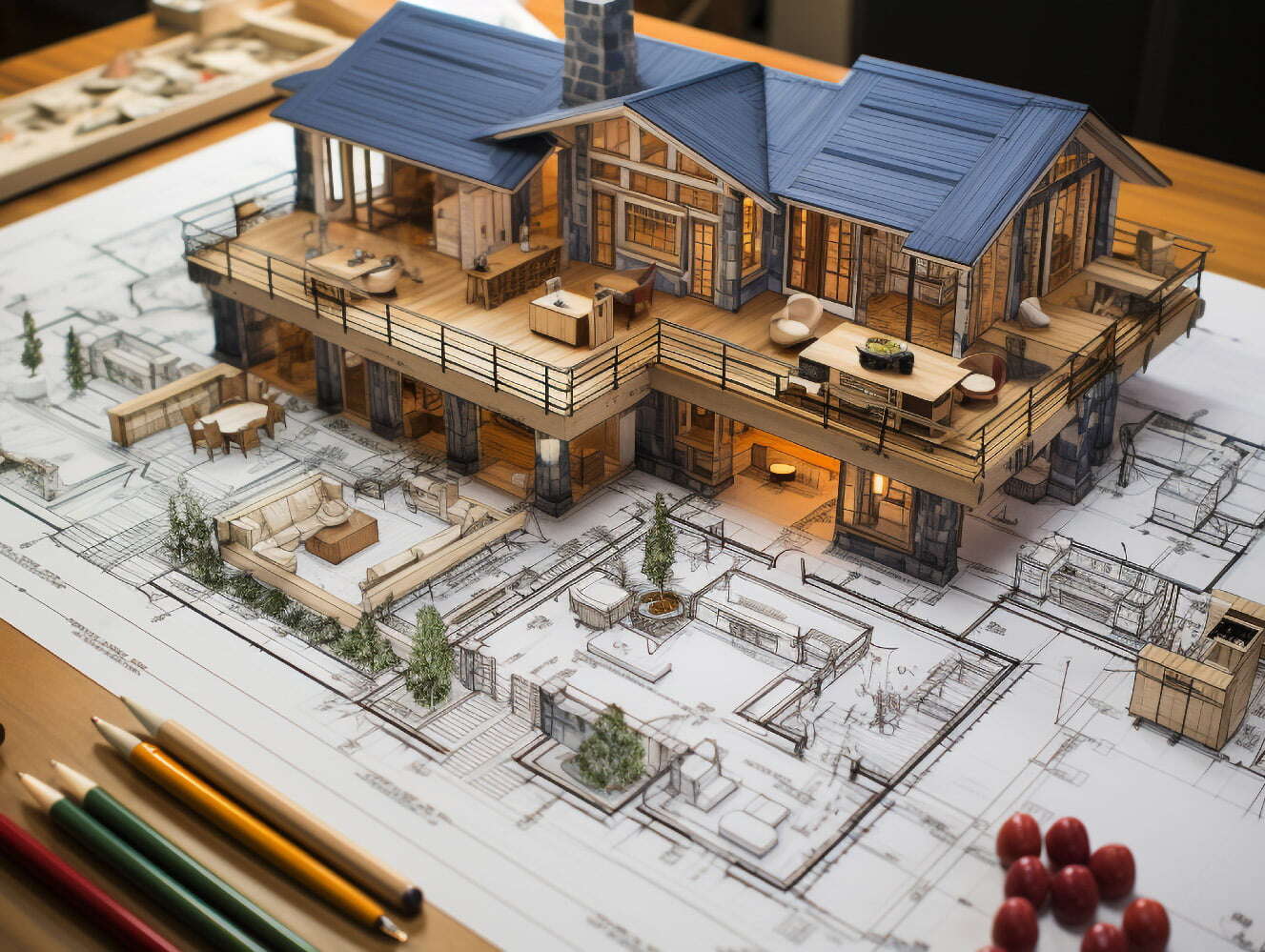
-1.png)




